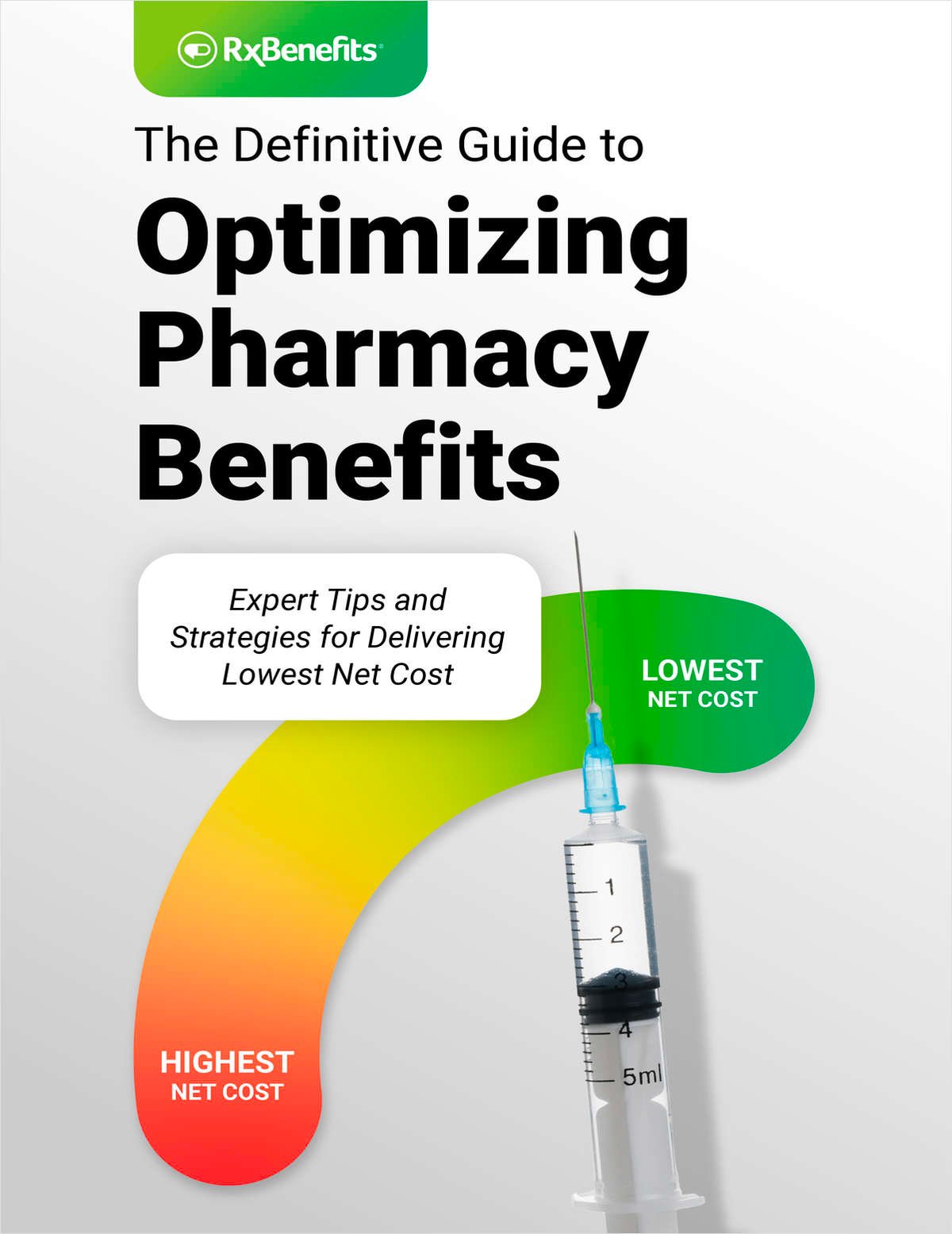
Most drug ads, after extolling the virtues of the product, conclude with a rapid-fire announcer or hard-to-read type explaining potential side effects. A new rule from the U.S. Food and Drug Administration that took effect earlier this month now requires television and radio ads to clearly spell out those side effects and when a person should avoid the medication.
"This final rule specifies five standards that, independently and collectively, help ensure that the major statement is presented in a clear, conspicuous and neutral manner," according to the agency:
|- The final rule establishes that the information must be presented in consumer-friendly language and terminology that is readily understandable.
- The audio information in the major statement must be at least as understandable as the audio information presented in the rest of the ad.
- In ads in TV format, the information presented in the audio portion of the major statement also must be presented in text long enough to allow it to be easily read.
- In ads in TV format, the information in text must be formatted so it can be read easily.
- The ad must not include audio or visual elements during the presentation of the major statement that are likely to interfere with comprehension of the statement.
The new rule is a significant update of a 2007 law that expanded the FDA's authority in areas including advertising, which is a multibillion-dollar business for U.S. prescription drugs. The agency proposed updating its standards in 2010 but didn't finalize the new rule until last November. The rule covers only prescription drugs, not over-the-counter products, dietary supplements or other products that are policed by the Federal Trade Commission.
Direct-to-consumer drug ads, which are allowed only in the United States and New Zealand, can influence whether consumers seek out more information about a drug, visit a doctor to discuss an advertised product or skip a treatment. These types of promotions exploded during the pandemic, exposing the shortcomings of marketing standards developed when the only businesses that advertised were drug companies and the main outlets were print and broadcast media, according to the Bloomberg School of Public Health at Johns Hopkins University.
Continue Reading for Free
Register and gain access to:
- Breaking benefits news and analysis, on-site and via our newsletters and custom alerts
- Educational webcasts, white papers, and ebooks from industry thought leaders
- Critical converage of the property casualty insurance and financial advisory markets on our other ALM sites, PropertyCasualty360 and ThinkAdvisor
Already have an account? Sign In Now
© 2024 ALM Global, LLC, All Rights Reserved. Request academic re-use from www.copyright.com. All other uses, submit a request to [email protected]. For more information visit Asset & Logo Licensing.








